Best leaf blower: clear debris in seconds with these 5 amazing leaf blowers
Whether you choose gas or battery-powered, keep your yard and driveway clean with one of the best leaf blowers
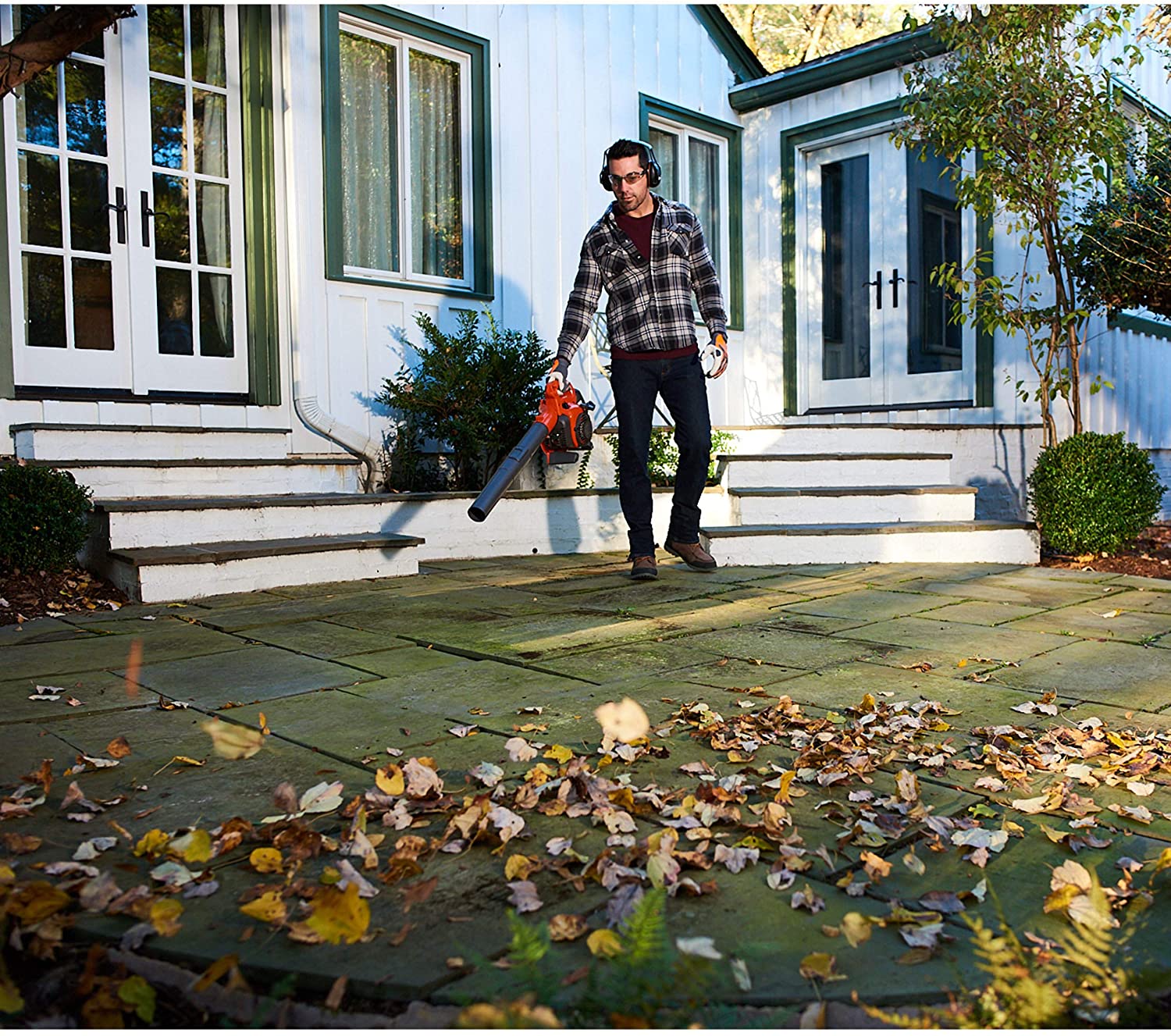

Fall approaches and you know what that means – lawns covered in yellow, red, and brown leaves. Rather than spend hours raking leaves, make this lawn care task easier with the best leaf blower.
Despite the name, leaf blowers can be used for other things. They’re the perfect tool for blowing grass clippings off your sidewalk, as well as twigs that fall on your patio and layers of dirt that accumulate on your porch. Put the broom aside and blow everything away in seconds instead.
Some leaf blowers are fitted with bags and can be used as a vacuum to collect the leaves. These tools are often fitted with a mulching device to shred the leaves as you collect them, making it easy to dispense them onto your compost pile.
Continue reading and discover a wide selection of gas and battery-powered leaf blowers. Some have airspeeds that are nearly 220 mph, while others have lightweight designs and simple start-up processes. We have also included the CFM – or cubic feet per minute – so you can compare the volume of air that passes through the nozzle each minute. Paired with the airspeed, this gives you a good idea of how powerful the blast is and what kind of debris it is capable of shifting.
No matter which you choose, all are up to the task of your weekly and seasonal lawn care needs. Simply pair with the best lawn mower for the ultimate garden clear up duo. Your yard will be tidy in no time.
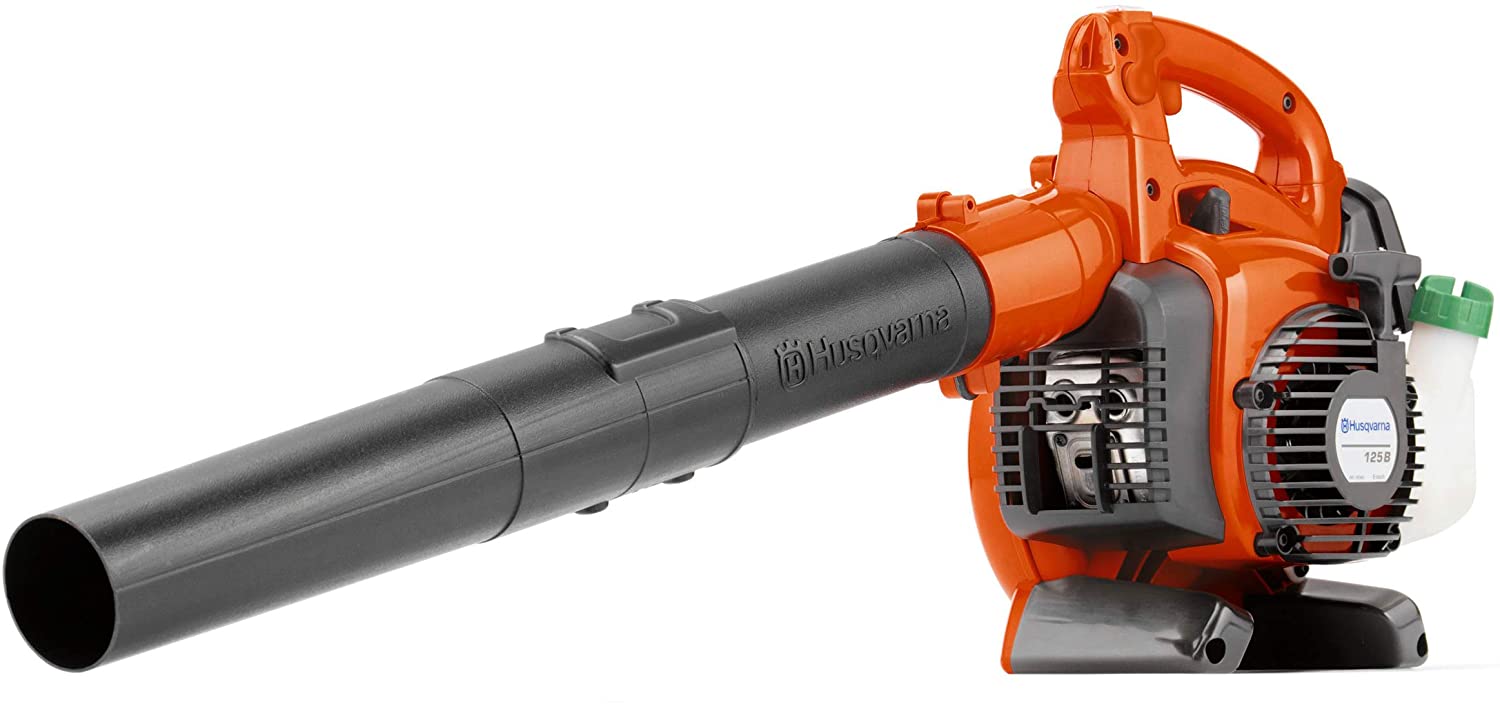
1. Husqvarna 125B Handheld Gas Blower
Specifications
Reasons to buy
Reasons to avoid
Dirt and debris fly out of the way of the Husqvarna 125B Handheld Gas Blower. With a 170 mph air velocity and a tube that adjusts, you won’t have any trouble clearing leaves, grass, and even much heavier items, from your yard and patio.
To start this gas blower, you’ll have to prime it and then pull the cord. Once it’s running, set the cruise control so you can focus more on the job at hand. Outfitted with anti-vibration technology, this leaf blower is a lot easier on your arm than other high-powered gas blowers.
The biggest drawback for some customers may be the fact that this Husqvarna blower is powered by gas. As we all know, gas-powered products aren’t the most environmentally friendly products. To mitigate the potential harm, Husqvarna installed this blower with an X-TORQ engine, which reduces harmful exhaust by up to 75 per cent and increases the fuel efficiency of the gas blower by up to 20 per cent.
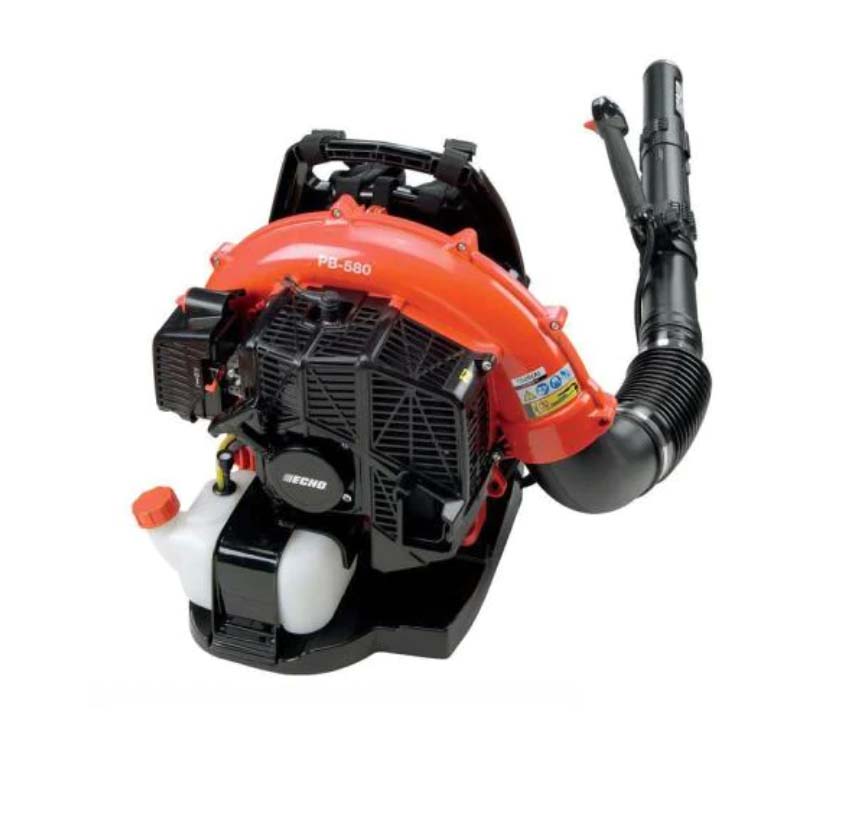
2. ECHO Backpack Leaf Blower with Tube Throttle
Specifications
Reasons to buy
Reasons to avoid
Skip the arm and shoulder pain that comes with using a leaf blower, and instead, strap it to your back. Our favorite backpack leaf blower is the ECHO 2-stroke Cycle Backpack Leaf Blower. Although the high-powered leaf blower delivers 216 mph of blowing performance with a 58.2 cc 2-stroke engine, you’ll remain comfortable with the padded harness and backrest that’s fully vented.
The throttle is mounted on the tube, and that combined with a cruise control button, makes the whole leaf blowing process easy peasy. This leaf blower is powered by a gas-oil blend which can be a bit cumbersome to create. That said, you can always keep an eye on the fuel level thanks to a translucent fuel tank.
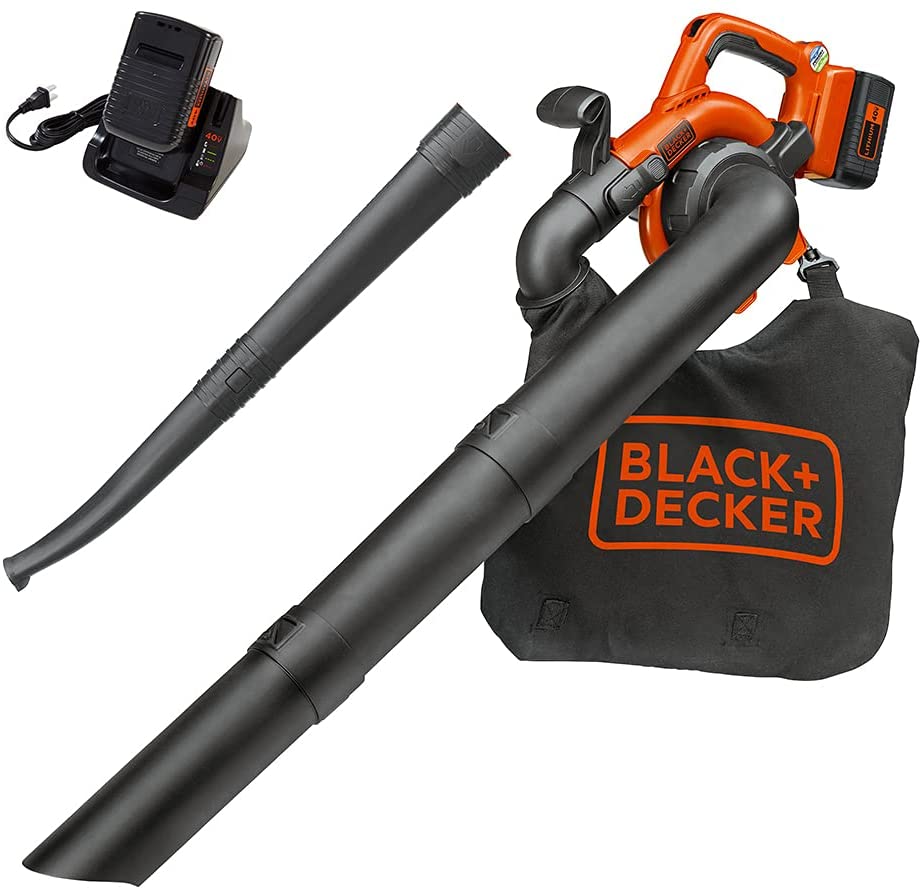
3. BLACK+DECKER Leaf Blower/Vacuum Kit
Specifications
Reasons to buy
Reasons to avoid
If you live in a place with lots of trees, you understand the hassle of raking fallen leaves into piles, bagging them, and throwing them in the trash. Make it easier for yourself this year with the BLACK+DECKER Leaf Blower/Vacuum Kit. Not only can it blow debris and leaves at speeds up to 120 mph, but it easily converts into a vacuum that sucks up the leaves, mulches them, and stores them in a half-bushel bag.
This model is powered by a 40-volt Lithium battery, which has a pretty decent charge. You can maximize your run time with a button on the power command control or adjust the speed for maximum power. Even when the battery runs out, it only takes an hour to charge.
At just 5.4 lbs and with a low decibel rating, this is the perfect leaf blower for those with small to medium yards.
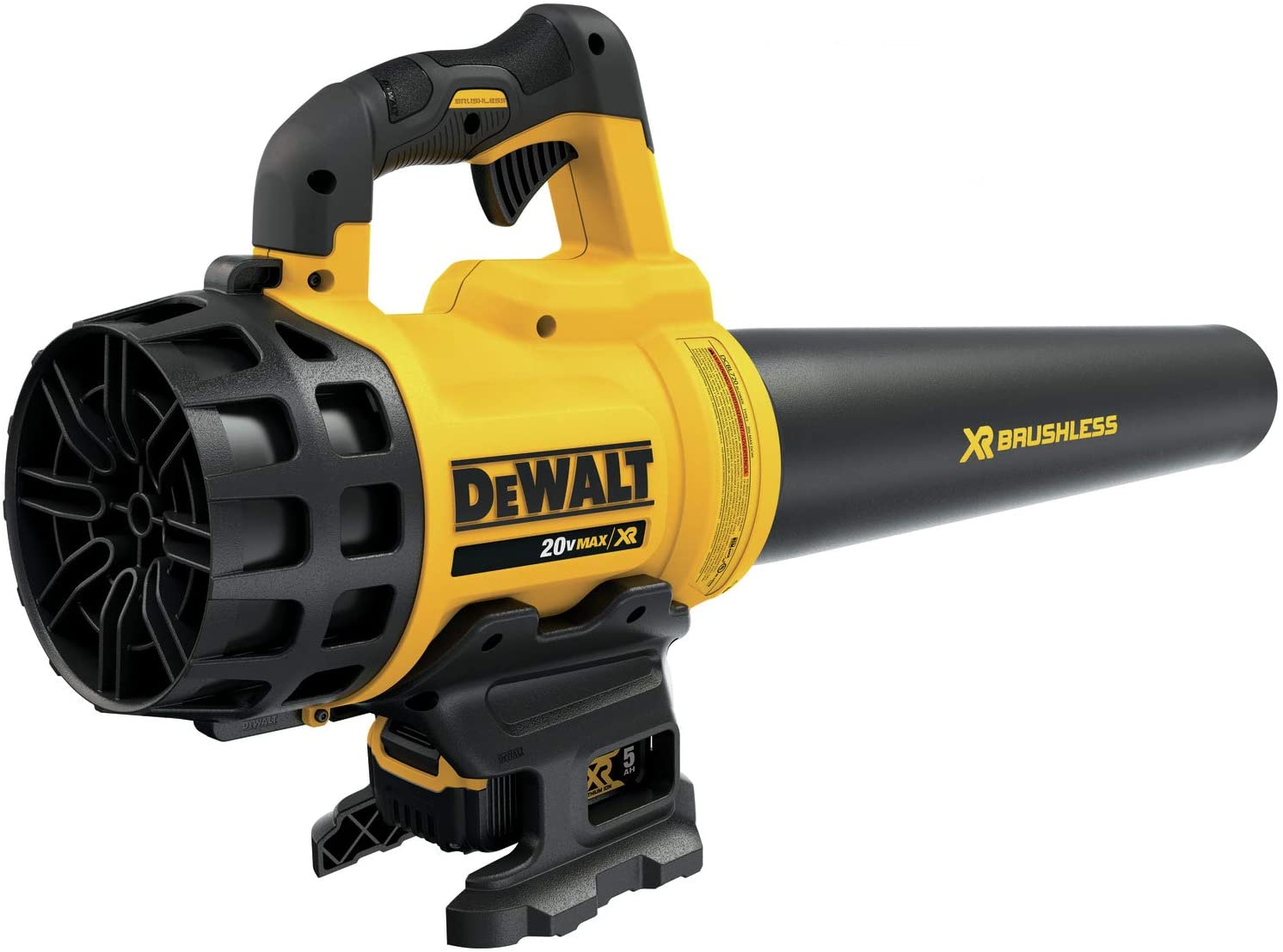
4. DEWALT 20V MAX XR Blower
Specifications
Reasons to buy
Reasons to avoid
Whether you want to protect your eardrums or want to be respectful of your neighbors, the DEWALT 20V MAX XR Blower is the best bet. It has an axial fan design that not only results in maximum air output and battery run time but also a 61-decibel rating! That’s a massive reduction in noise pollution compared to gas blowers and even most battery-powered leaf blowers.
Unfortunately, this does mean the leaf blower has a lower airspeed of only 90 mph. That shouldn’t be a problem if you’re just needing something lightweight to clear grass clippings from your pathways or small amounts of leaves on your lawn. To make the leaf blowing process easier, you can choose between the variable trigger or a speed lock.
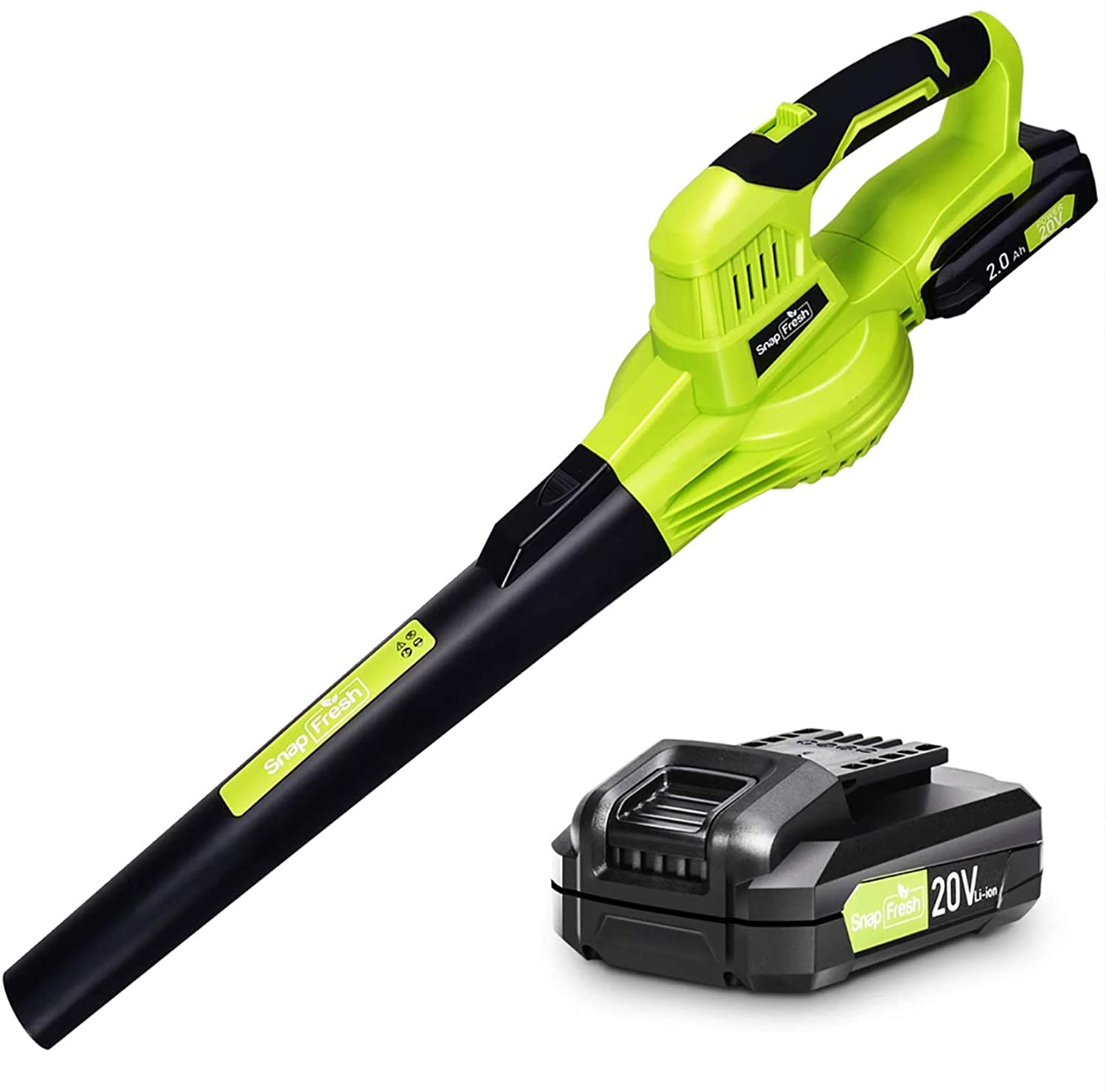
5. SnapFresh Leaf Blower
Specifications
Reasons to buy
Reasons to avoid
There is a lot to love about the SnapFresh Leaf Blower – including its price. However, this affordable leaf blower isn’t ‘cheap’ by any means.
Use the 60 mph button to clean out your car or to clear dust and debris indoors. The 130 mph button is perfect for blowing leaves into nice big piles on your lawn. Users can also adjust the blowing tube to fit their height.
The SnapFresh leaf blower is only 2.7 lbs and is powered by a 2.0ah 20V battery that lasts anywhere between 15 and 20 minutes, depending on the speed you choose. When the battery runs out, it will take an hour to recharge.
What to do with those leaves you gathered
You’ve used your leaf blower to create piles of leaves in your yard – now what?
Mulch
Mulching the leaves you gathered is a great option because it basically 'recycles' the leaves and adds nutrients into your soil. The BLACK+DECKER Leaf Blower/Vacuum Kit automatically mulches the leaves when the vacuum mode is in effect. Once you’ve mulched the leaves, you can empty them from the bag in a garden area or spread them out across the lawn.
Otherwise, you can use your lawn mower (as long as it has a mulching feature) to mulch the leaves. If you do this, you’ll want to spread out the leaves with your leaf blower as a lawn mower can not properly mulch over a large pile.
Bag them
If you just want the leaves away from your yard, bag them with a leaf blower vacuum or by hand. Check with your city to see if you can obtain a specific recycle bin for leaves and other natural elements (like branches and twigs). Your city may prefer their citizens to set bagged leaves out on certain trash days. Some cities or HOAs have specific rules about the types of bags that leaves are bagged in so be sure to do your research.
Compost pile
Leaves are great additions to compost piles, and they’re even better when they’ve been mulched beforehand as this helps with the breakdown process to create leaf mould. If you haven’t started a compost pile, blow the leaves into a pile in the corner of your yard. It may help to fence this area off with some wire. Mix the leaves with grass clippings and kitchen scraps to turn your leaf mould to compost. Over the winter, the pile will break down (especially if you turn it over and water it occasionally). By spring, you’ll have a great compost pile to put in your garden. Learn more with our guide on how to compost.
Let nature do its thing
You don't have to bag, mulch, or remove leaves. You can just let them decompose on their own. Leaves make great protective spaces for bugs and small animals in the winter. They can also be placed in gardens with carrots, kale, beets, and leeks. The leaves will offer protection to these vegetables as they break down over the winter.

Alex Temblador is a Dallas-based award-winning author and freelance writer that has covered home, design, architecture, and art in publications like Real Homes, Gardeningetc, Home & Gardens, Dwell, Architectural Digest, Artsy, Neighborhoods.com, Culture Trip.
